Financial Benefits of Green Infrastructure
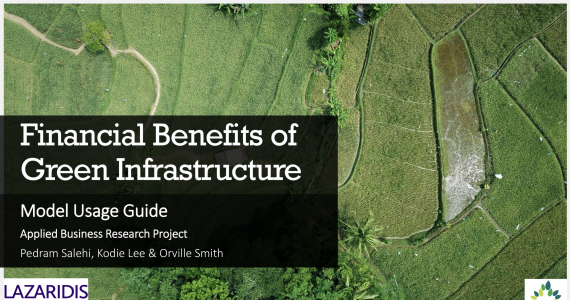
The Financial Benefits of Green Infrastructure
The CNLA partnered with an MBA team from Wilfred Laurier University in a study to analyze the "Financial Benefits of Green Infrastructure Investment.
The Financial Case for Green Infrastructure: Turning Nature into Economic Power
The paper, Financial Benefits of Green Infrastructure, outlines models for quantifying the economic advantages of implementing green infrastructure across various domains.
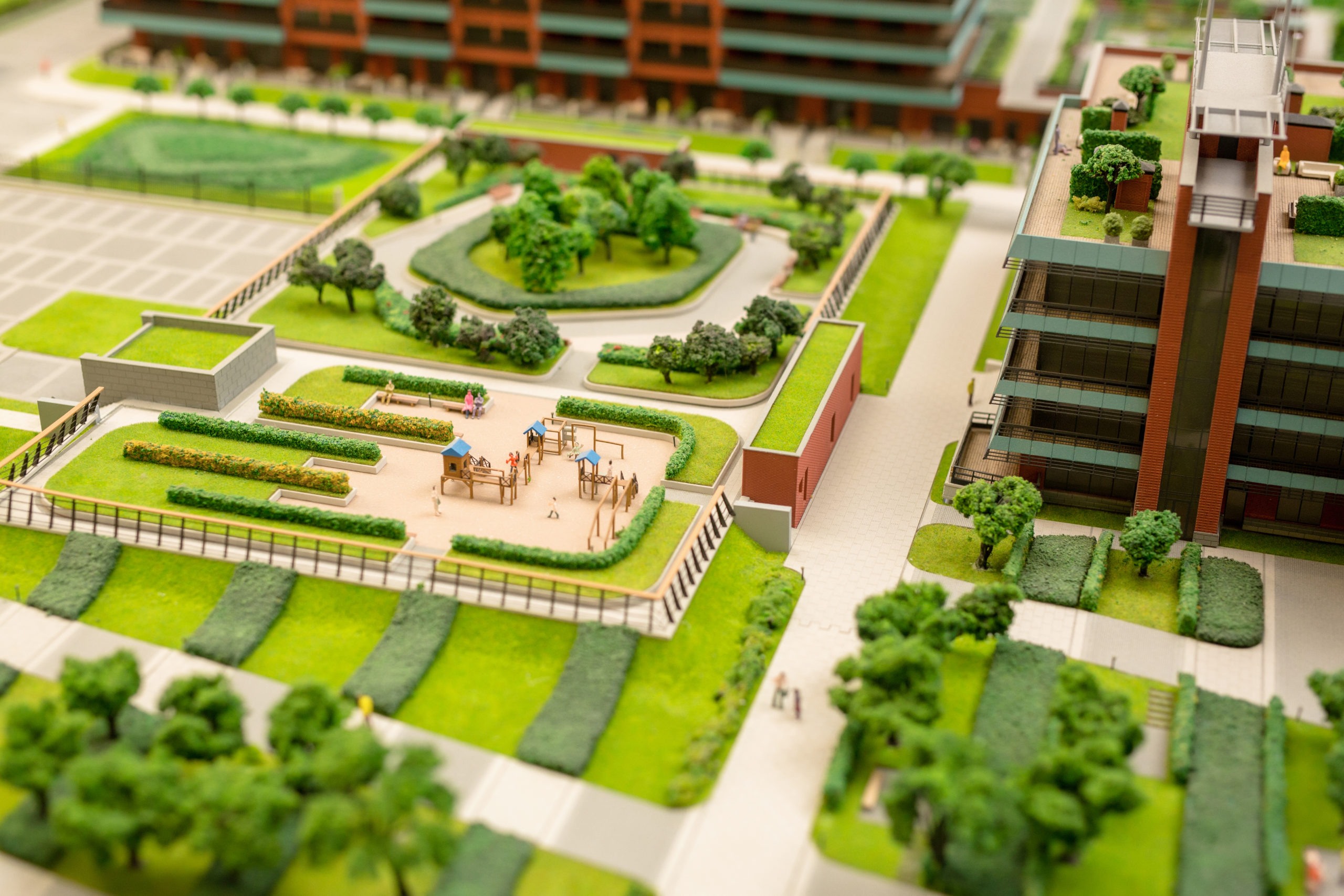
When considering green spaces, we often drift to their aesthetic appeal or ecological benefits. But what if we told you these lush, serene environments could save money and generate revenue? Recent research on green infrastructure has revealed an impressive array of financial benefits that make a compelling case for prioritizing greenery in urban planning.
Here’s a closer look at the numbers and models that bring this financial story to life:
1. Stormwater Management: Flood Damage Prevention
Flooding is a costly affair. In Canada, insured flood damages reached $1.9 billion in recent years.
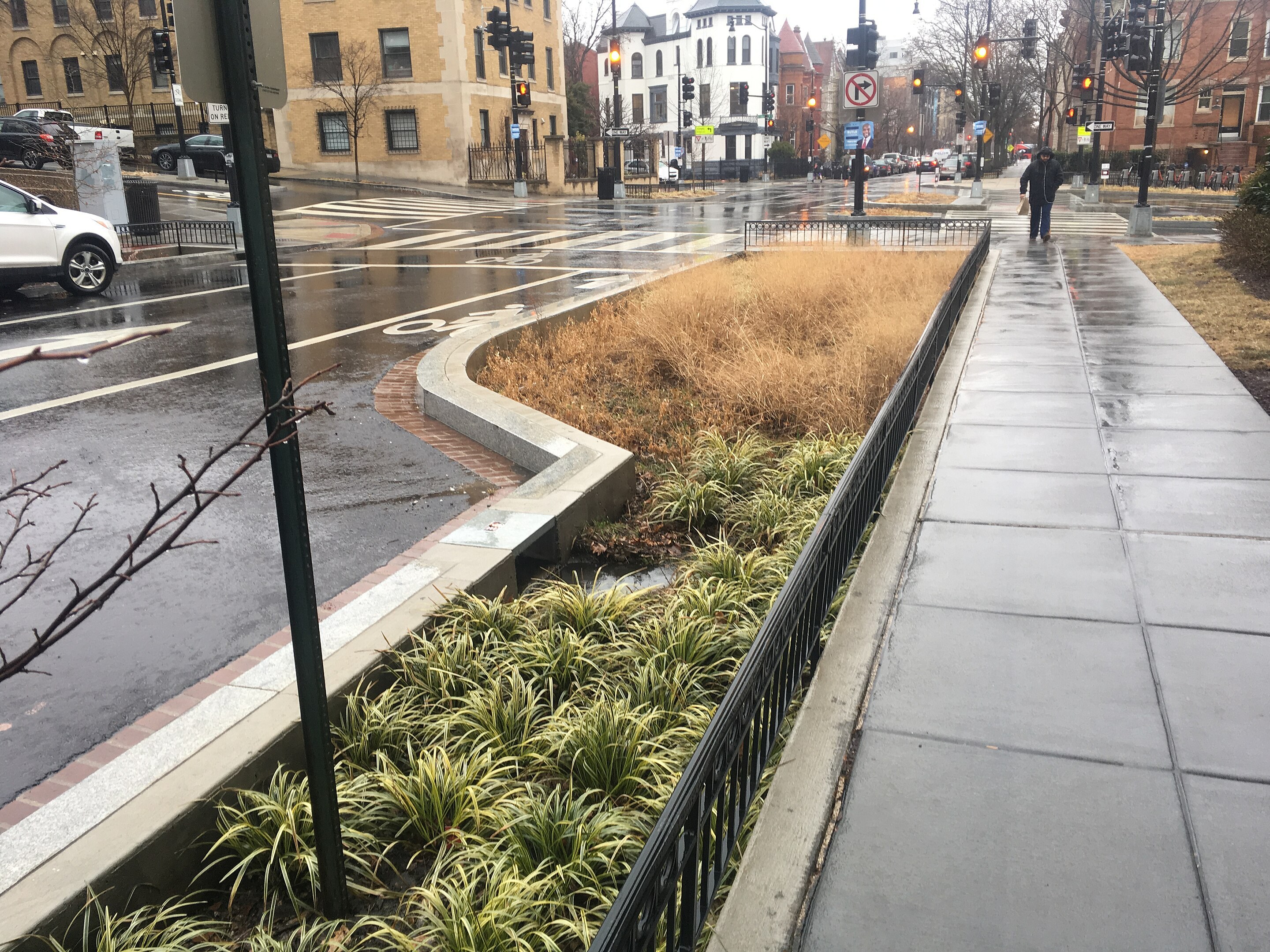
Like tree canopies, green spaces can reduce these damages by absorbing rainwater. For example, deploying just 3% more tree canopy in Calgary could save $4.16 million annually in combined personal and government costs. This figure includes avoided repair expenses, showcasing green infrastructure’s ability to shield cities from heavy rains’ financial impacts.
2. Energy Savings: Cooling Down the Costs
With summers heating up, air conditioning costs are skyrocketing.
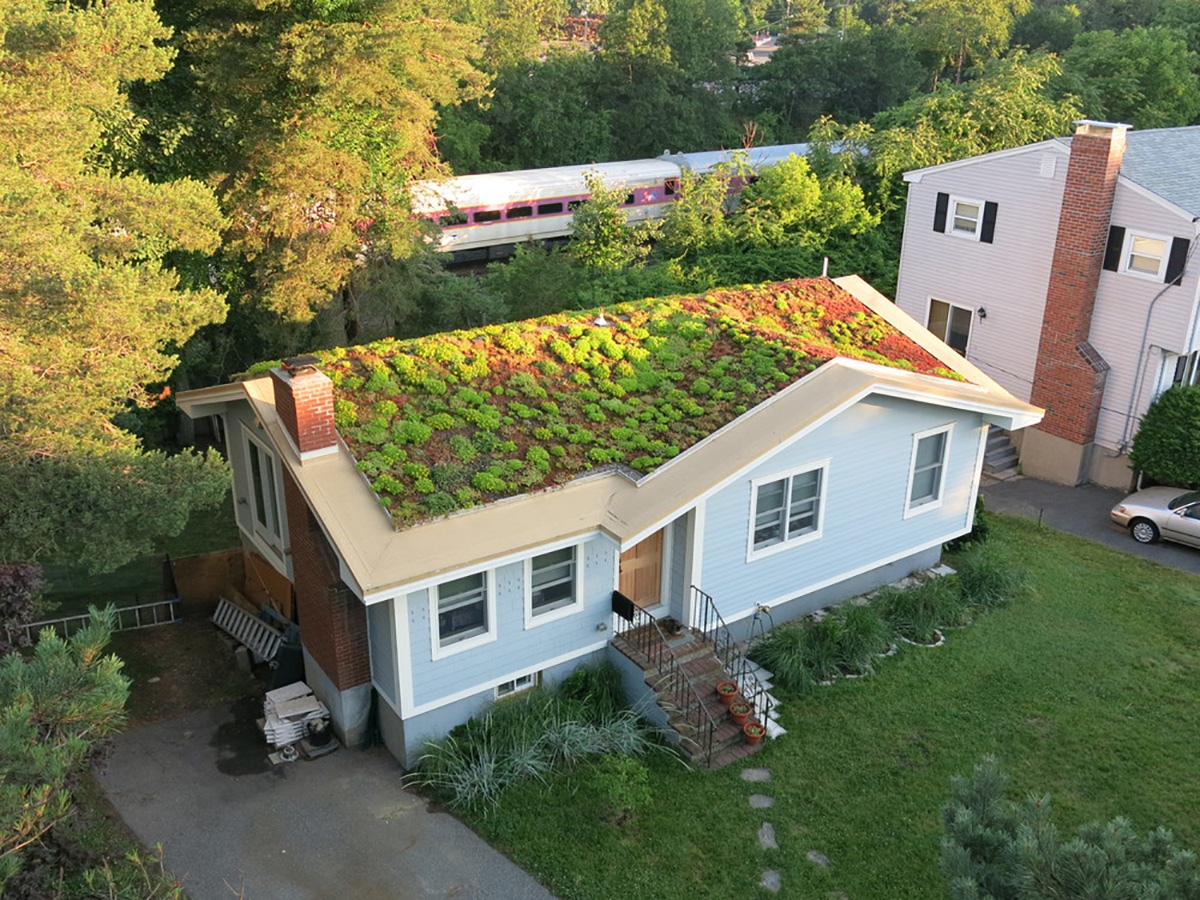
Green infrastructure provides a natural solution by cooling urban areas. Green roofs, for instance, can lower ambient temperatures by 3°C, reducing household air conditioning costs by 6%. For an average home, this translates to savings of $43.55 annually—small per household but monumental when scaled across a city.
3. Air Quality: Carbon Sequestration Value
Trees aren’t just beautiful; they’re financial powerhouses when it comes to carbon sequestration.

A 2 km² tree canopy can absorb 600 tonnes of carbon annually, valued at $18,000 based on carbon pricing. With carbon taxes rising, this number will only grow, making urban forests a critical tool for reducing cities’ carbon footprints and offsetting emissions costs.
4. Mental Health Savings
The connection between green spaces and mental well-being is well-documented.

Did you know this translates into financial savings? In Canada, a 6.7% reduction in mental health burdens due to increased green spaces could save $150,461 annually for a population of 1,000. Green infrastructure reduces the strain on healthcare systems by improving happiness, self-worth, and life satisfaction.
5. Tax Revenue from Longevity
Improved green spaces don’t just enhance life—they extend it!
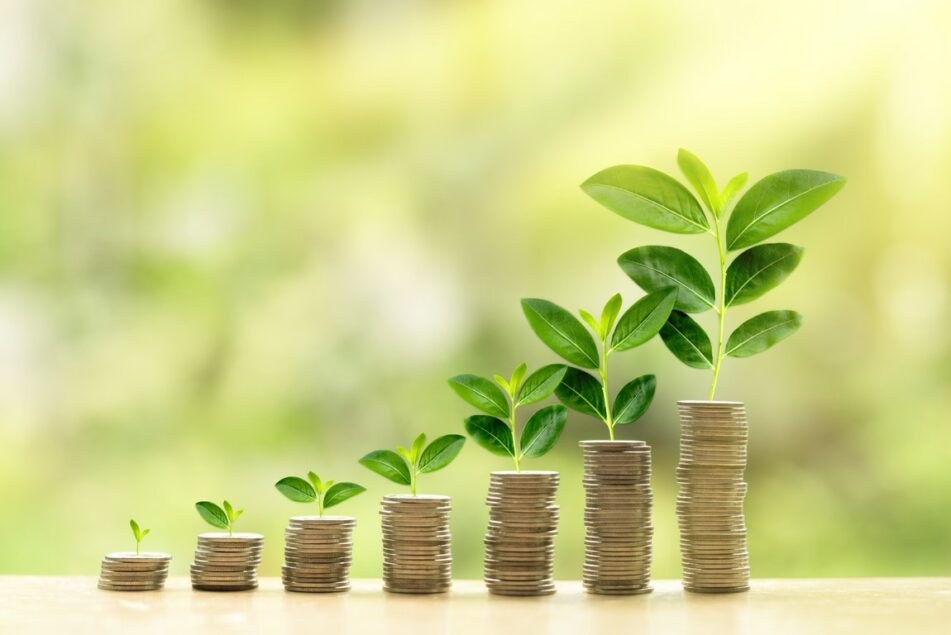
By increasing survival rates, green infrastructure boosts income tax revenues. In Ontario, a modest 10% rise in survival rates could generate $993,564 in additional federal and provincial income tax revenues for a population of 1,000.
6. Property Value Uplift
Proximity to green spaces enhances property values, increasing tax revenues for cities.
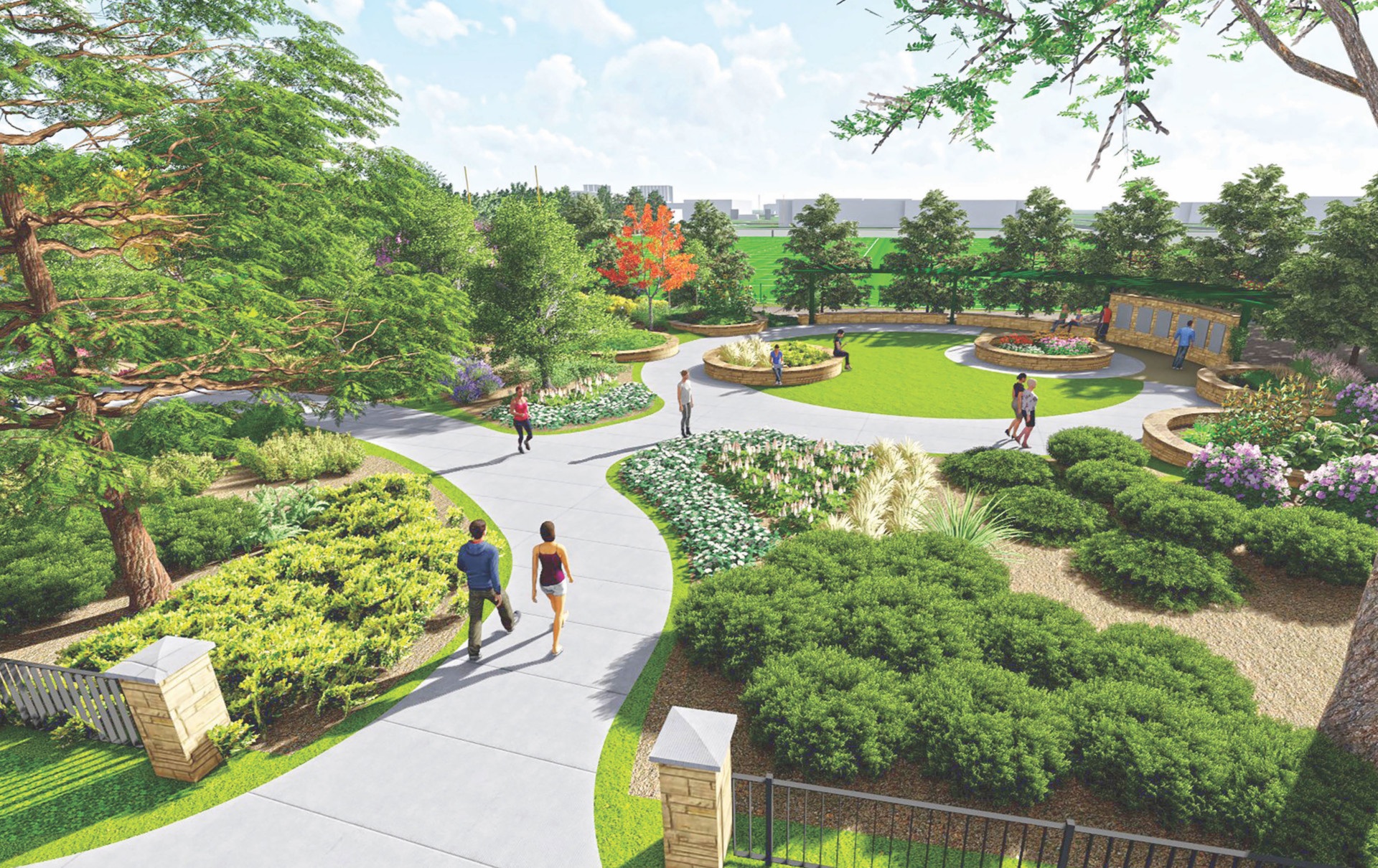
Residential properties near green spaces receive a 1.01% price premium, while commercial properties benefit from professional landscaping. For instance, in a commercial area with a $6a property value of $60 million, landscaping improvements could yield an additional $174,312 annually in property tax revenues.
7. Healthcare Cost Savings
Air pollution costs Canada billions in healthcare.

Green infrastructure helps by reducing pollutants. A 0.36% improvement in air quality for a community of 12,000 could result in annual savings of $6,536 in healthcare costs. While the figure seems small, its cumulative effect on national health expenditures is significant.
Why Green Infrastructure Makes Sense
Beyond the ecological and social benefits, the economic case for green infrastructure is clear.
These models reveal how investing in green spaces pays dividends through reduced costs, increased revenues, and a healthier, happier population. Whether you’re a policymaker, business leader, or community advocate, the financial benefits of green infrastructure make it a winning strategy for building sustainable and prosperous urban environments.
Let’s make our cities greener and our futures brighter—it’s good for the planet and for the wallet.

